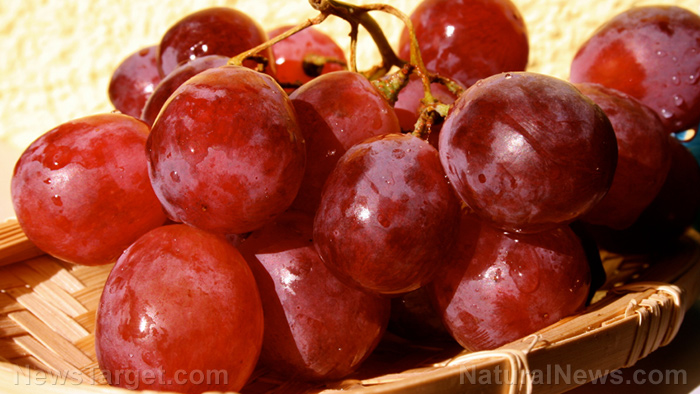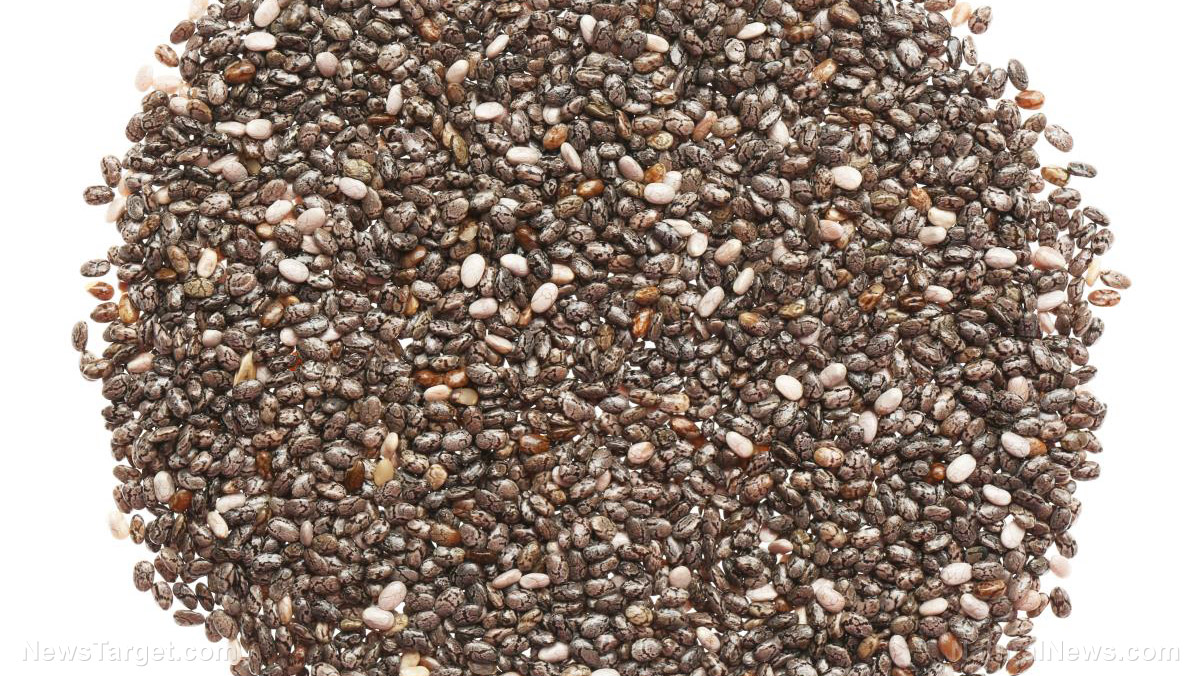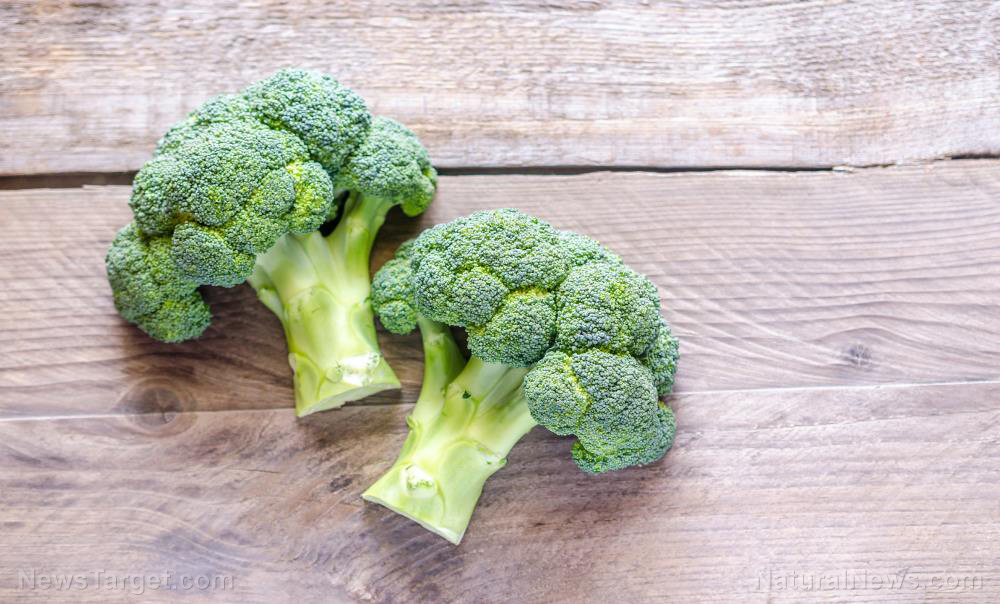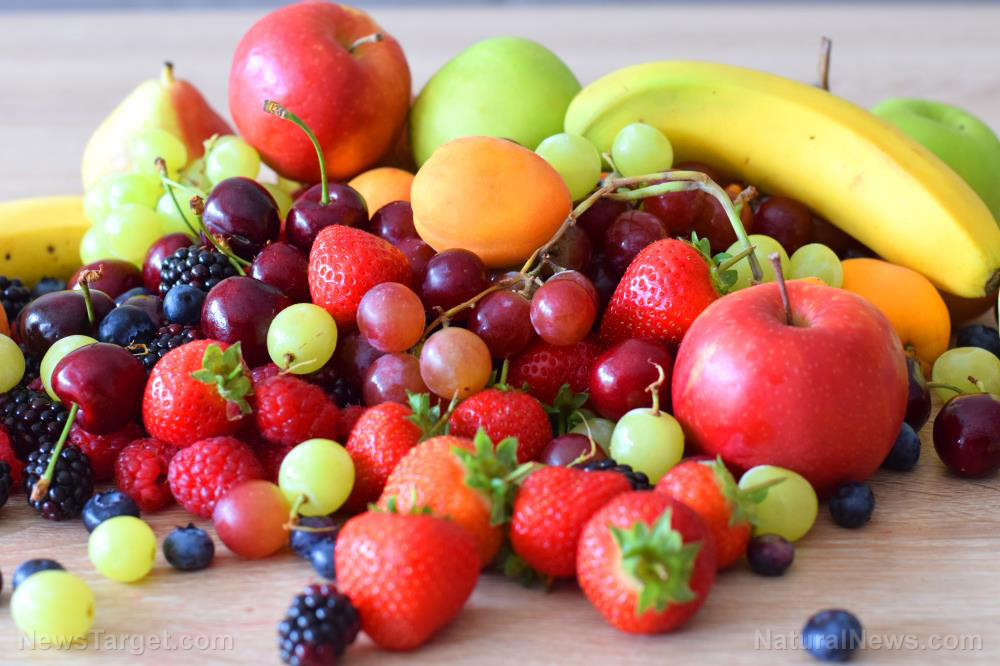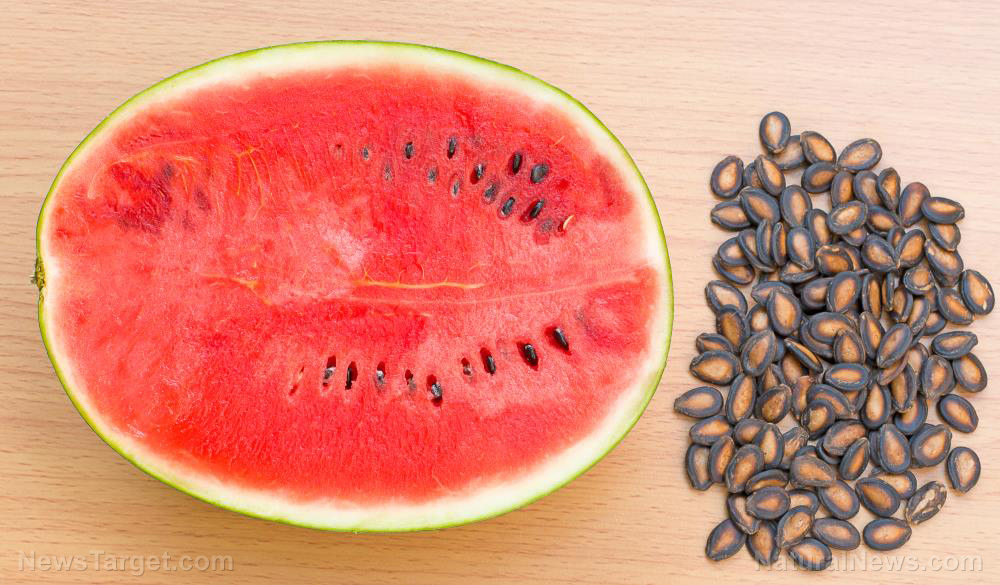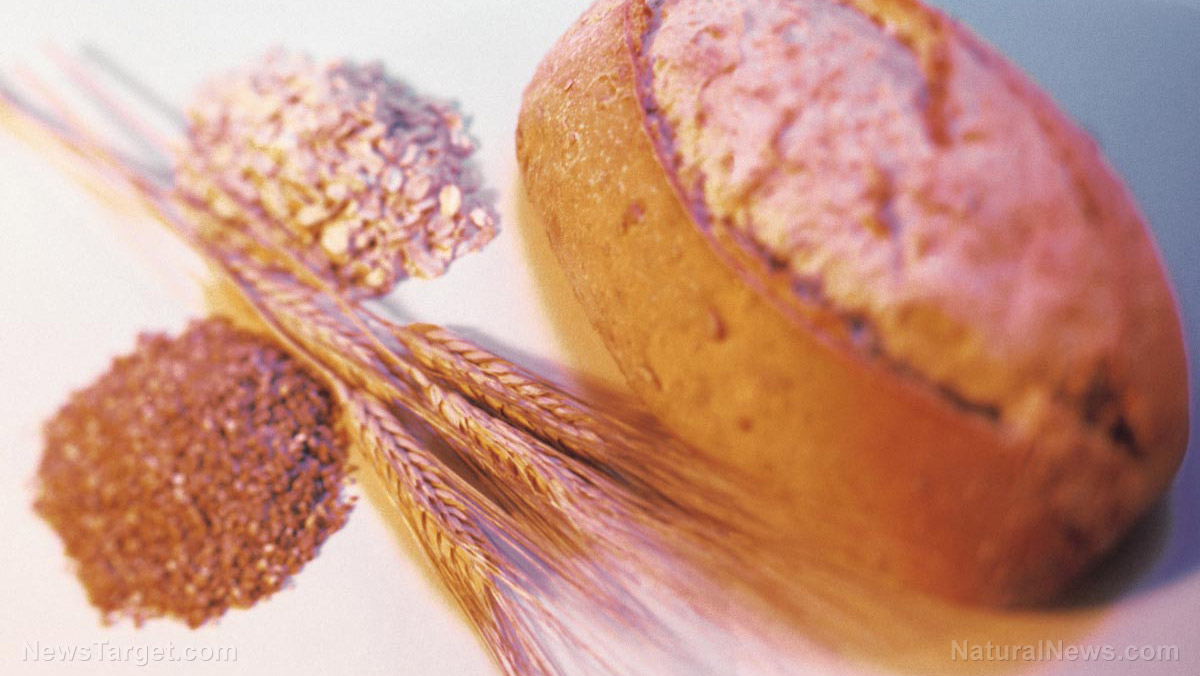Unlocking the anti-herpetic properties of plants found in Egypt
05/08/2019 / By Evangelyn Rodriguez

This study was conducted by researchers from the National Research Centre in Egypt and the University of South Brittany – Campus Tohannic in France to evaluate the anti-herpetic activity of 25 different Egyptian plants in vitro. The results were published in the journal Food Science and Human Wellness.
- The researchers used Vero cell lines to evaluate the antiviral activity of extracts obtained from different plants against Herpes Simplex Virus type 1 (HSV-1).
- They found that extracts from only two plants, namely, Euphorbia coopire (Euphorbiaceae) and Morus alba (Moraceae) showed potent anti-herpetic activity. Six other extracts showed moderate inhibition.
- They conducted a bioassay-monitored phytochemical exploration of the two plants and isolated pure flavonoid compounds from them.
- They examined the antiviral activity of the isolated compounds and found that these seven pure compounds exhibited significant inhibition of HSV-1 viral activity:
- 7-O-galloyl catechin
- Gallic acid
- Kaempferol 3-O-B-(6?-O-galloyl)-glucopyranoside
- Quercetin 3-O-B-(6?-O-galloyl)-glucopyranoside
- Curcumin
- Quercetin
- Kaempferol
- Among the seven compounds, they identified gallic acid, 7-O-galloyl catechin, and curcumin as the compounds with the strongest antiviral activity.
Based on these results, the researchers concluded that gallic acid, 7-O-galloyl catechin, and curcumin could be potential therapeutic agents for the treatment of adenoviral infections.
Read the full study at this link.
Journal Reference:
El-Toumy SA, Salib JY, El-Kashak WA, Marty C, Bedoux G, Bourgougnon N. ANTIVIRAL EFFECT OF POLYPHENOL RICH PLANT EXTRACTS ON HERPES SIMPLEX VIRUS TYPE 1. Food Science and Human Wellness. 2018;7(1):91–101. DOI: 10.1016/j.fshw.2018.01.001
Tagged Under: alternative medicine, anti-herpetic, Catechin, cold sores, curcumin, disease treatments, endemic disease, flavonoids, Gallic acid, Herpes, herpes simplex virus, HSV-1, infections, natural cures, natural medicine, oral herpes, outbreak, remedies, research, viral infections, virus

